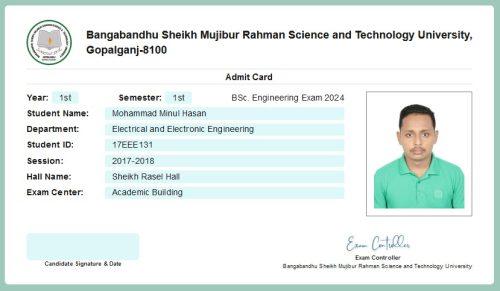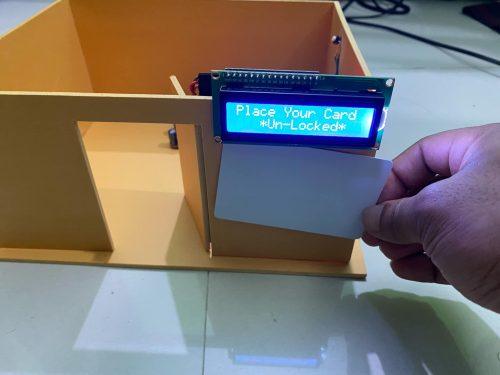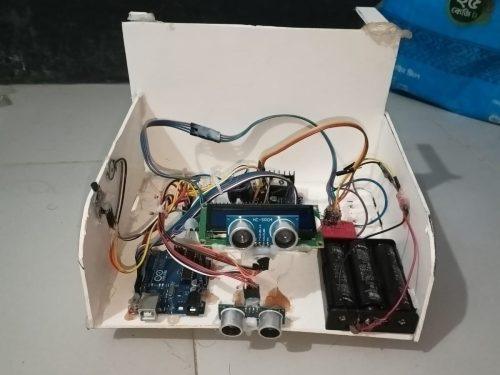Automation and Robotics
An Automation System uses technology to perform tasks with minimal human intervention. It combines mechanical, electrical, and software systems to streamline operations, increase efficiency, and reduce errors. Automation systems are widely used in industries, homes, and service sectors.

Automated processes are controlled by pre-programmed instructions. Sensors collect data, and actuators execute actions based on system logic. Tasks can be customized for specific applications. Automation systems often work with IoT and AI for advanced capabilities.
1. University Online Registration System
The process of semester registration at universities is often time-consuming and prone to errors due to its reliance on manual procedures. This thesis explores the development and implementation of an automated online semester registration system aimed at streamlining the process for both students and administrative staff. The current system, which involves multiple steps including manual form collection, departmental approvals, hall approvals, exam controller approval, fee payments at banks, and document submissions, collecting admit cards, leads to inefficiencies, long queues, and a lack of real-time data tracking. The proposed online system replaces these manual tasks with a web-based platform, enabling students to complete registration, make payments, and obtain approvals electronically. Author – Mohammad Minul Hasan, MD Sujon Ali, MD Mehdi Hasan Shohan
2. Smart Door Lock Using RFID with Automatic Door Open and Close
A Smart Door Lock Using RFID with Automatic Door Open and Close is an advanced security system designed to enhance the safety and convenience of home or office entrances. This system utilizes RFID (Radio Frequency Identification) technology, where an RFID tag or card is used to unlock the door. The RFID reader scans the tag, verifies the unique ID, and grants access if it matches the stored data. The system is automated to open the door once access is granted and close it after a set period or when the person has passed through. Additional features often include a motorized lock mechanism, real-time monitoring, and security alerts for unauthorized access attempts. It is a touchless, convenient, and secure way to manage access control. Author – Md Ariful Hoque, Shibber Ahmmed Munna
3. IOT Based Smart Biometric Fingerprint
An IoT-based smart biometric fingerprint system integrates fingerprint recognition with Internet of Things (IoT) technology to enhance security and access control. This system uses biometric fingerprint sensors to uniquely identify individuals, ensuring that only authorized users can access secured areas or devices. The IoT connectivity enables remote monitoring, real-time data transmission, and centralized management of access logs. Such systems are commonly used in: Smart homes, Corporate offices, Healthcare, Banking. Author – Farzana Yasmin, Jannatul Ferdous, Rakibul Robin
4. Smart Wheelchair with Joystick -Based Control and Health Monitoring
A smart wheelchair with joystick-based control and health monitoring offers enhanced mobility and healthcare support for individuals with disabilities. The joystick-based control provides an intuitive, user-friendly way to maneuver the wheelchair, giving users more independence. Integrated health monitoring systems track vital signs like heart rate, temperature, and blood pressure in real time, ensuring that any medical concerns can be addressed promptly. These wheelchairs often include features like obstacle detection and collision avoidance for safer navigation. Overall, they combine mobility assistance with health management, improving the quality of life for users through both physical support and medical monitoring. Author: Nuruddin Oyon, Belal Akon, Rokonuz Jaman
5. Advanced Dual-Axis Solar Tracking System with IoT-Driven Real-Time Monitoring for Optimized Efficiency





